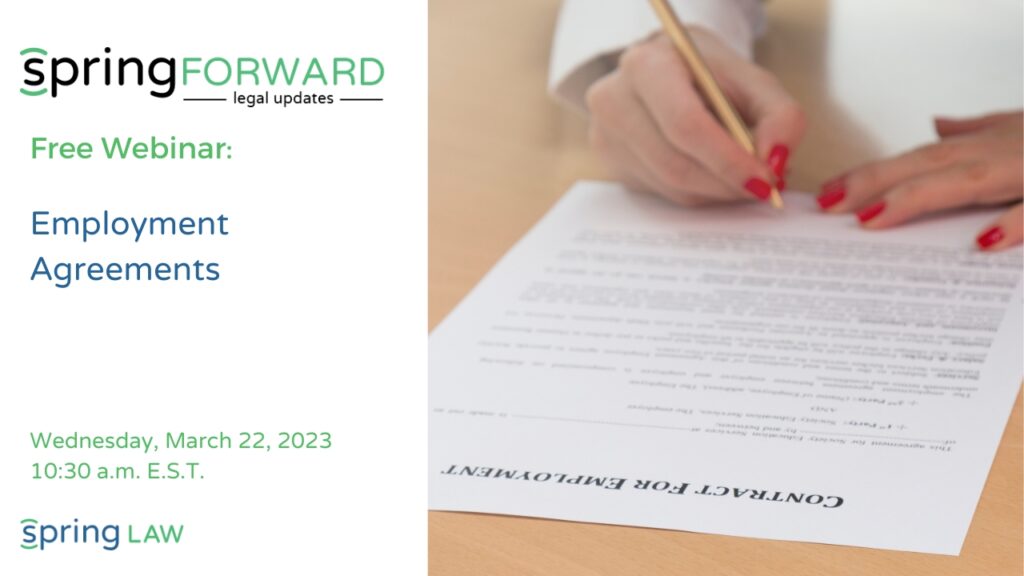Practical Tips and Tricks for Navigating the Arbitration Process
This is the third entry in our blog that focuses on the topic of labour law. In case you missed it, you can find the first entry here and the second entry here. In this blog, our focus is to share Practical Tips for Arbitration Navigation.

I’ve Just received a Notice of Arbitration: Is it time to Panic?
The short answer to whether you should panic is: no. It’s important to understand, especially if you’re just beginning your labour journey, that arbitration shouldn’t be feared. However, it is important to carefully consider and understand the process and potential outcomes of proceeding to arbitration.

 In recent months, we have seen a spike in group terminations. For HR professionals this often means a packed schedule of the worst-of-the-worst meetings. In our recent
In recent months, we have seen a spike in group terminations. For HR professionals this often means a packed schedule of the worst-of-the-worst meetings. In our recent  With St. Patrick’s Day having just passed, many of us start to bank on luck at this time of the year. While luck might get you to the end of the rainbow on some things, we wouldn’t recommend that you lean on luck when it comes to non-existent, outdated or incomplete employment contracts.
With St. Patrick’s Day having just passed, many of us start to bank on luck at this time of the year. While luck might get you to the end of the rainbow on some things, we wouldn’t recommend that you lean on luck when it comes to non-existent, outdated or incomplete employment contracts.  So many of our clients come to us with legal issues that resulted from poorly crafted employment agreements.
So many of our clients come to us with legal issues that resulted from poorly crafted employment agreements. Now, more than ever, businesses are modifying and evolving in order to keep up with changes in social and industry trends, work environments, office locations, and the economy. Generally, your business evolving is a good thing and means you’re doing well but major changes to the organization of your business can also lead to constructive dismissals. As an employer, you need to be aware of how to make changes at work, without forcing employees out.
Now, more than ever, businesses are modifying and evolving in order to keep up with changes in social and industry trends, work environments, office locations, and the economy. Generally, your business evolving is a good thing and means you’re doing well but major changes to the organization of your business can also lead to constructive dismissals. As an employer, you need to be aware of how to make changes at work, without forcing employees out. 





